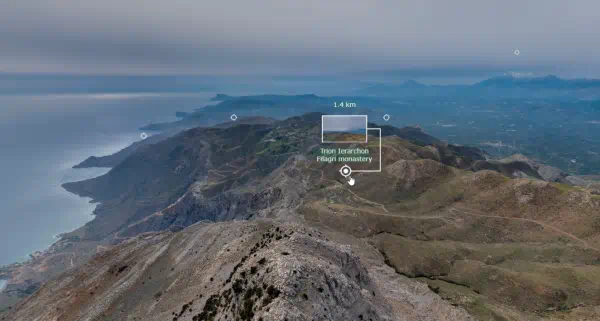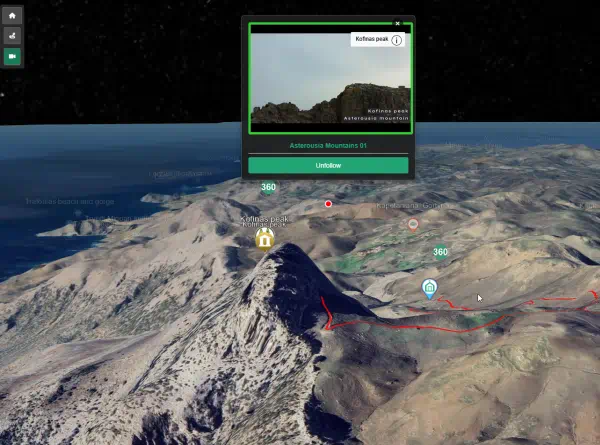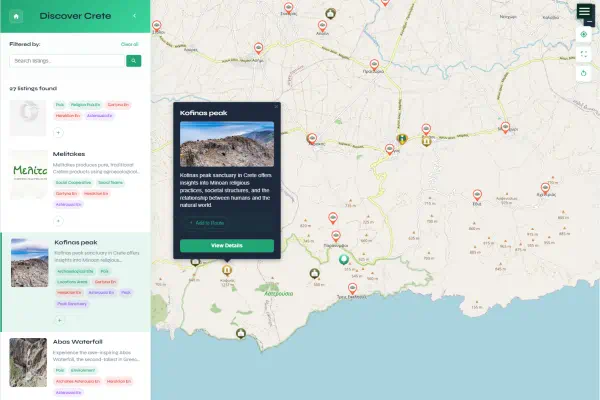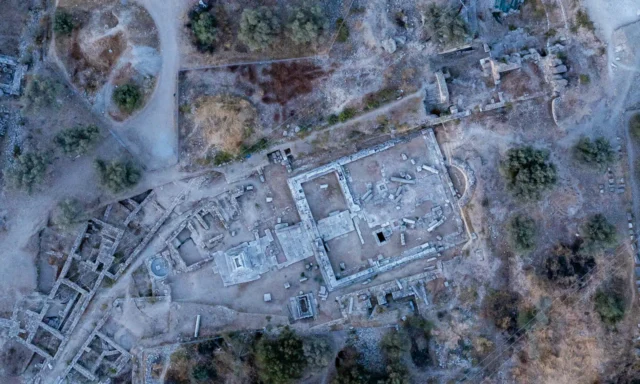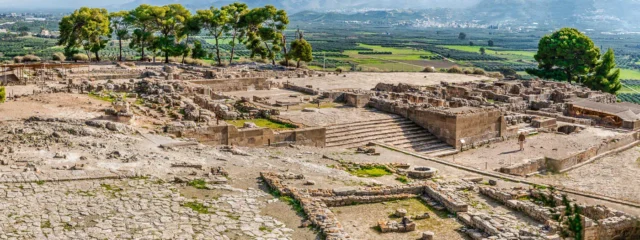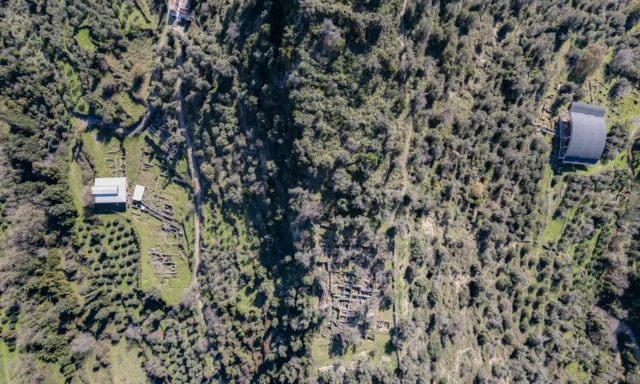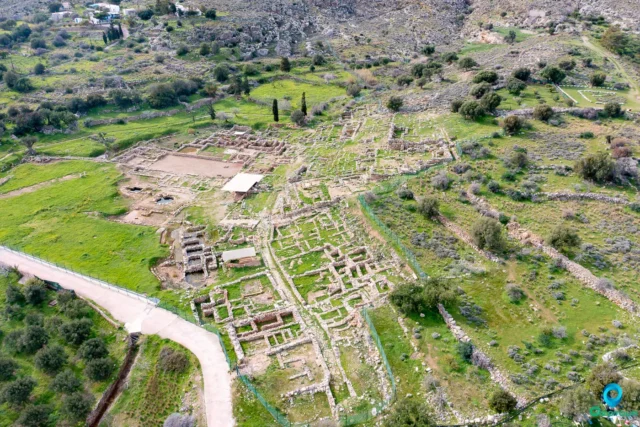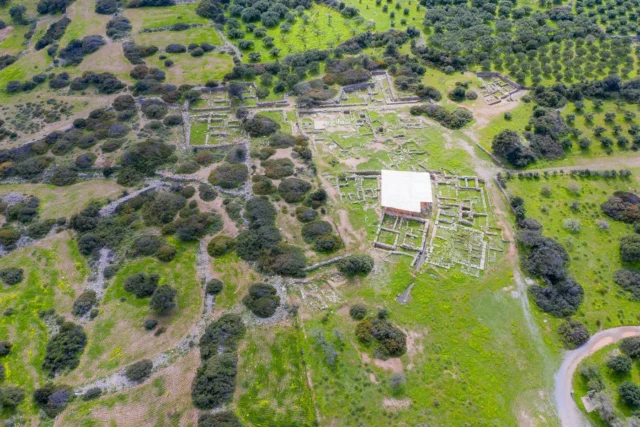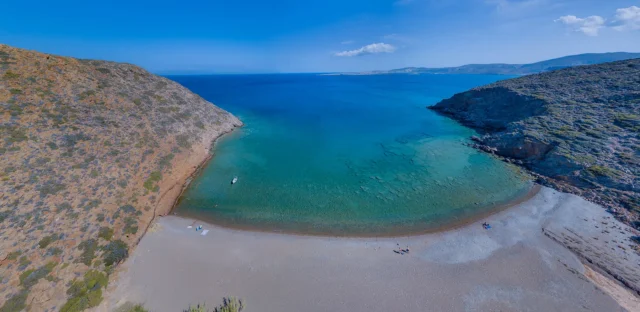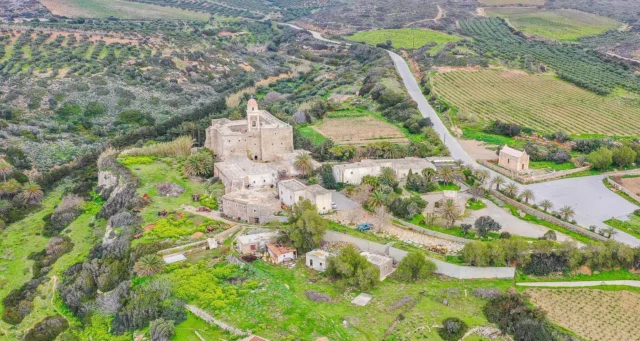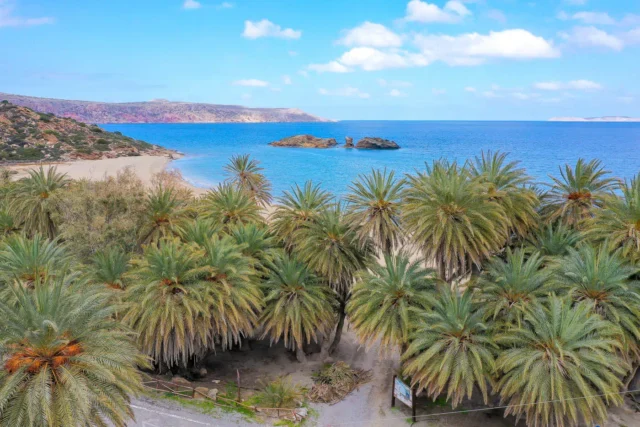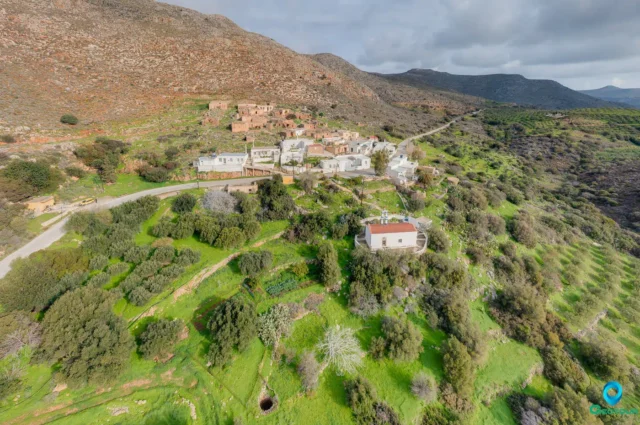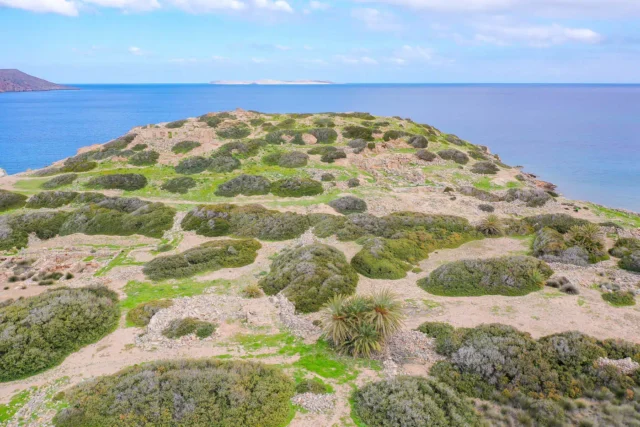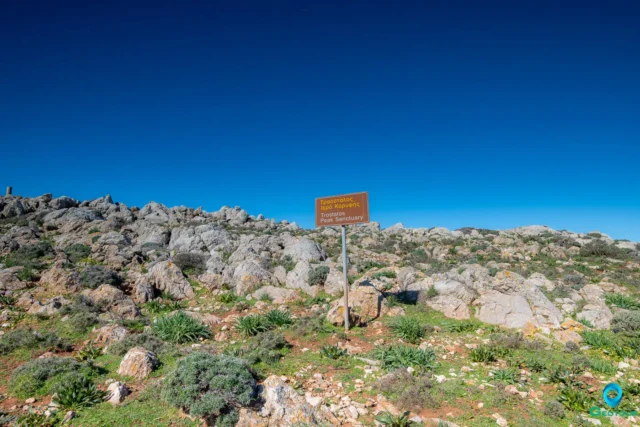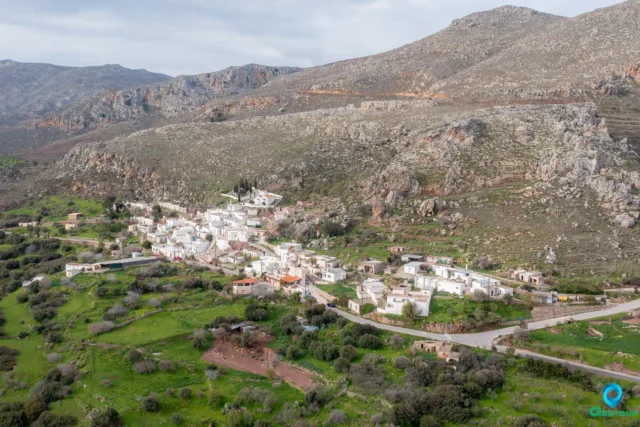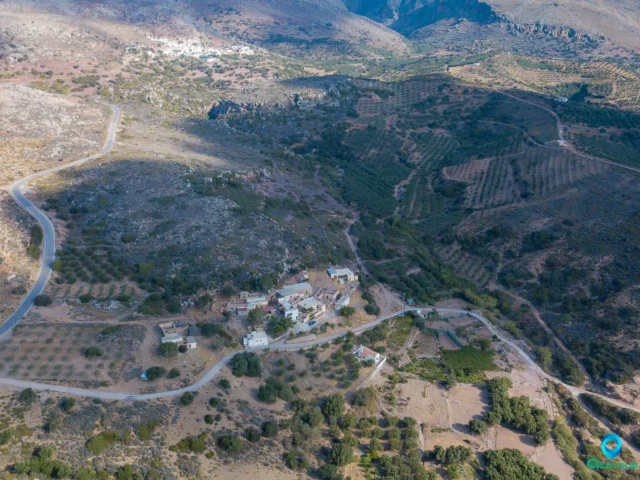Palaikastro (Paleocastro), located on the easternmost edge of Crete, is a significant town in the Siteia region. It is known for its beautiful surroundings, historical sites, and unique climate.
Location and Geography
Situated approximately 19 kilometers from Siteia and 7 kilometers from the famous Vai palm forest, Palaikastro (Paleocastro) serves as the largest village in the Siteia province, with an estimated population of around 1,300 residents. Its advantageous geographical location makes it a central hub for a wider area rich in natural, historical, and archaeological attractions.
Economy
The local economy of Palaikastro (Paleocastro) is primarily based on tourism and olive oil production.
History
Palaikastro (Paleocastro) is essentially the easternmost town of Crete, about 20 kilometers east of Siteia. The town itself may not be particularly striking in terms of beauty, but the surrounding area offers numerous places for exploration.
The name “Palaikastro (Paleocastro)” comes from the now-ruined Paleo Castro fort, which was located on the nearby Kastri hill, separating the beautiful beaches of Kouremenos and Hiona. The archaeological site of Roussolakos, home to a significant Minoan city, is also nearby.
Minoan Settlement
On the northernmost edge of the eastern coast of Crete, there is a Minoan settlement that flourished during the Late Minoan period (1550-1220 BC). However, remains from the Proto-Minoan and Meso-Minoan eras (3000-1550 BC), mainly cemeteries, have also been discovered. These include well-built “ossuaries” and the ruins of fairly large residences. The settlement was abandoned around the same time as Zakros was deserted (1450 BC). A resettlement occurred during the Late Minoan III period (1300-1200 BC). The city covered an area larger than 50,000 square meters, was unwalled, and densely populated.
In the northeastern part of one of the districts, the sanctuary of Diktaean Zeus was found, which administratively belonged to the city of Itanos. Worship at this sanctuary was continuous from the Geometric period (8th century BC) until the Roman conquest. It appears that the sanctuary was looted and destroyed by zealous Christians in the late 4th century AD.
Archaeological Research
In the Roussolakos area, where the Minoan city is located, systematic archaeological research was carried out by the English archaeologist R. C. Bosanquet and continued in 1906 by R.M. Dawkins, both members of the British Archaeological School. During World War II, some of the excavated districts were destroyed, while a mechanical excavator caused considerable damage later on. In the period 1965-66, an excavation was carried out in a district of the city and on the nearby Kastri hill. In 1986, excavation work began again by the British Archaeological School, at the site of the old excavations, and continues to this day.
Venetian Fortress
East of Palaikastro (Paleocastro) Siteia, on the eastern coast of Crete, rises the steep hill “Kastri”, which separates the beaches of Kouremenos and Hiona. This hill was called Paleo Castro during the Venetian rule, from which the current village took its name. The older name of the castle was “Rizokastro”.
Here the Venetians built a fort, probably on the ruins of a Minoan one, and certainly on a pre-existing Byzantine one. The purpose was to monitor the coast at that point and protect the bay. The fort was abandoned relatively quickly, long before the Turkish conquest in the 17th century. Already in 1668, the Turkish traveler Evliya Çelebi reported that it was in ruins. Today, almost nothing remains of the fort.
Settlement: Key Points
- Historical References: Palaikastro (Paleocastro) has a rich history, with evidence of Minoan and Venetian presence.
- Location: Situated on the easternmost edge of Crete, it serves as a hub for exploring the surrounding natural and historical attractions.
- Historical Significance: The area is home to the Minoan settlement of Roussolakos and the ruins of a Venetian fort.
- Population Data:
Year |
Population |
Notes |
|---|---|---|
1881 |
113 |
113 Christians, 0 Muslims |
1900 |
303 |
|
1920 |
464 |
|
1928 |
268 |
|
1940 |
620 |
|
1951 |
778 |
|
1961 |
652 |
|
1971 |
703 |
|
1981 |
849 |
|
1991 |
1048 |
|
2001 |
1084 |
|
2011 |
953 |
|
2021 |
1025 |
- Current Status: Palaikastro (Paleocastro) is a thriving town that serves as an economic center for the surrounding region.
References

